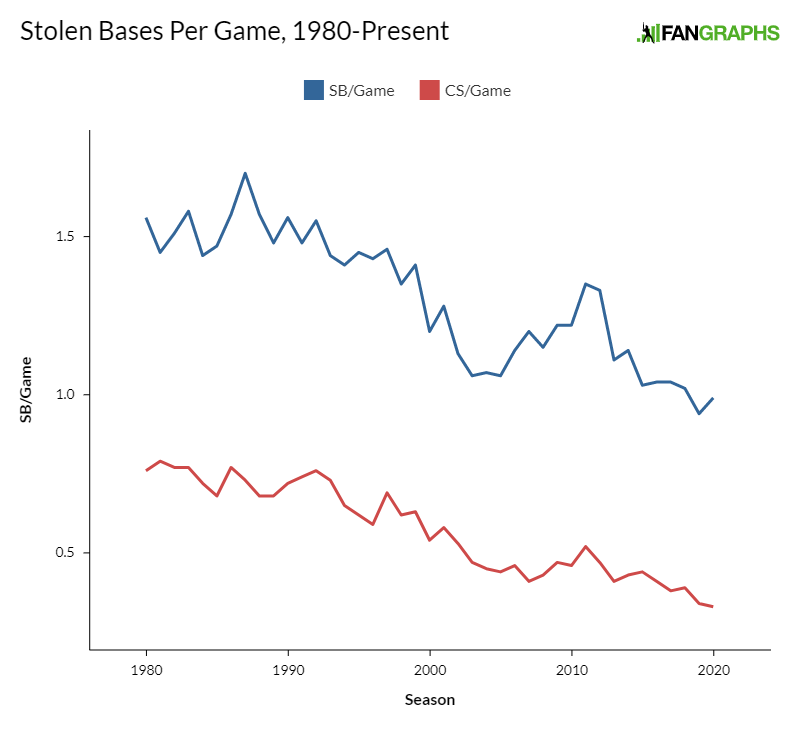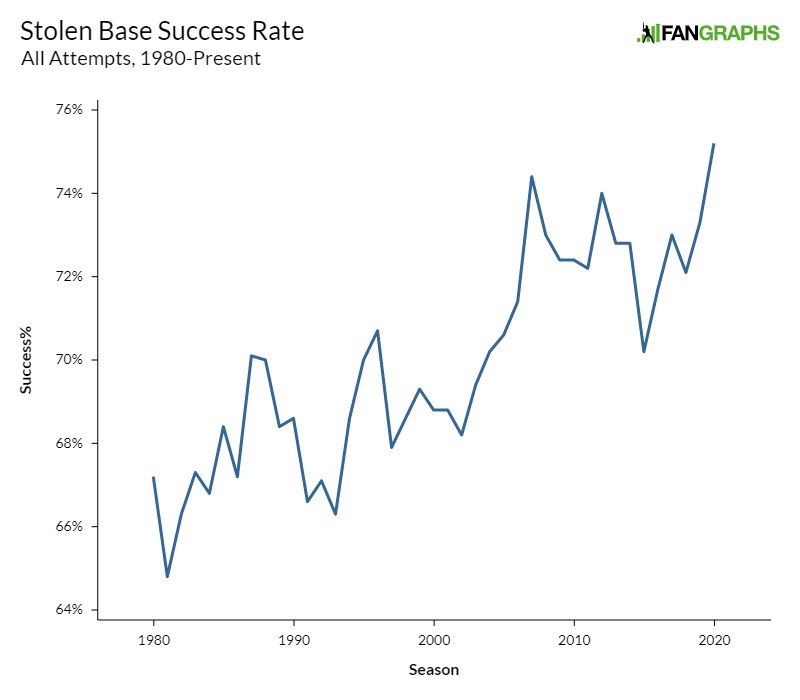ZiPS 2021 Projections: New York Mets
After having typically appeared in the hallowed pages of Baseball Think Factory, Dan Szymborski’s ZiPS projections have now been released at FanGraphs for nine years. The exercise continues this offseason. Below are the projections for the New York Mets.
Batters
Robinson Canó’s suspension for the 2021 season may be a blessing in disguise from the point of view of the Mets, at least if we trust the second baseman’s ZiPS projection. Canó was surprisingly good in 2020, but there’s a great deal of gravity surrounding him; he seemed to be nearing the end this time last year and Nelson Cruz notwithstanding, the typical decline for hitters in their late 30s would be illegal for roller coasters. The Mets aren’t losing Canó’s 2020, they’re losing what they could have gotten from him in 2021, which isn’t necessarily the same thing. There’s opportunity here to get creative in the infield. Jeff McNeil becomes the obvious second base candidate with J.D. Davis moving back to third. ZiPS is into the former but not the latter, and it would be fun to see the Mets go after someone like Justin Turner at the hot corner.
Even if the Mets stick with what they have, there’s only one real glaring weakness in the starting lineup: catcher. Wilson Ramos looked like he aged fairly quickly in 2020 and the team no longer has much in the way of quality depth at the position, which used to be a necessity due to Travis d’Arnaud’s injury record. If new owner Steve Cohen wants a highly efficient way to splash some cash around, there may be no more efficient signing out there than landing J.T. Realmuto. At this point last year, I figured that the Phillies were certain to extend Realmuto, but now that they’ve lost $20 million, $2 billion, or whatever fictional figure sneaks past an editor, the Mets have an opportunity to poke a finger in a rival’s eye. And, of course, it’s a winning baseball idea!
So long as the team stays healthy, there aren’t any other huge headaches in the lineup. ZiPS isn’t the least bit worried about Pete Alonso despite a slightly disappointing sophomore season and though the computer isn’t fully on Team Giménez, it still sees the shortstop timeshare as adequate, if not terribly exciting. If the players don’t stay healthy, the Mets aren’t particularly deep, so there’s some work to be done this winter even if it’s not of the headline-making variety. There are a lot of solid role players on this projection list, but a very high percentage of them are free agents. Read the rest of this entry »



